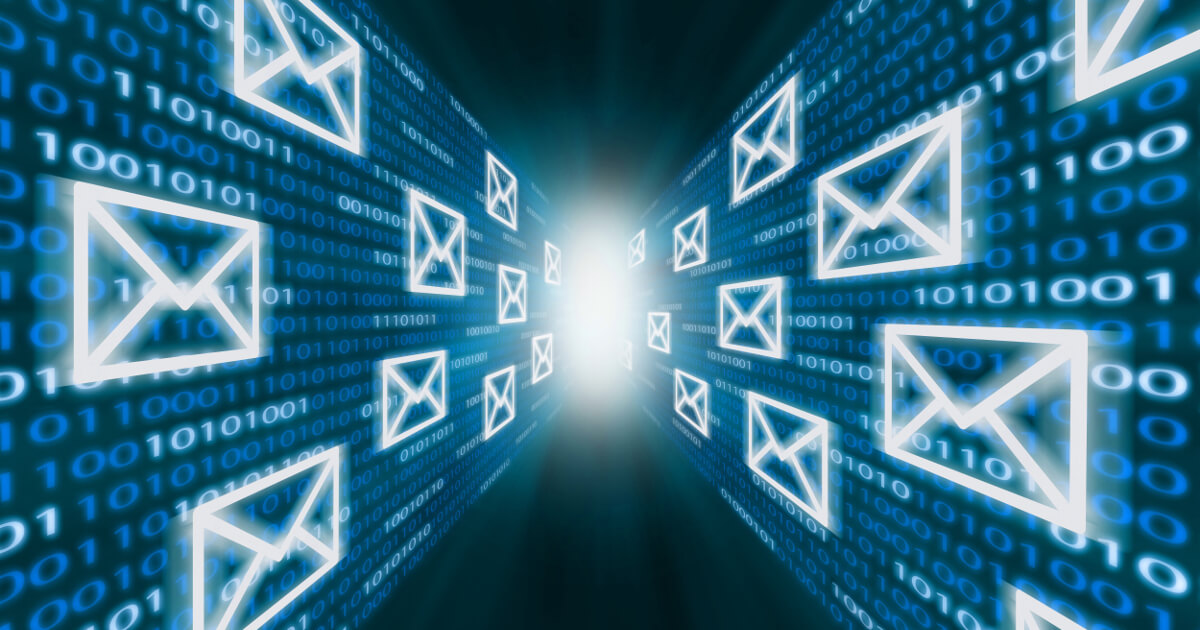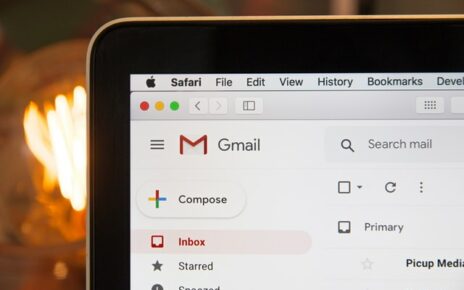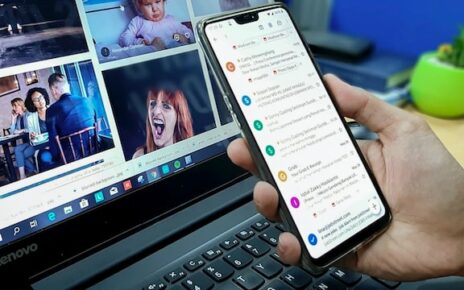The way(s) that people communicate and interact with each other has been changing throughout history. But never at the speed and rate that it has been and is doing in the last decade or even less.
Today, more and more people are opting to engage in an online vs offline conversation and are doing so for numerous reasons.
Email is today almost synonymous with online communication and whether we are talking about business or private communication, email is and will remain a big part of that.
However, the email also brings an inherent risk with iit. For all the benefits it brings, it also allows for your easier surveillance on a mass scale. Today, someone looking at your email messages and account can find out plenty about you.
Can you do anything about that and protect your privacy while using email?
Certainly and these 5 tips will show you how.
1. Make Sure That Your Email Password is Secure
A password might be the only thing between a hacker and your important private and financial information.
Imagine a castle of knights being besieged by an enemy. If the walls are strong, that castle can hold on for years, or it may never be breached. In the end, the enemy sees the futility of besieging it and walks away.
Now imagine that the only way to enter that castle is to say a specific password. Now, what do you think will happen if the enemy figures out that password and walks in? They’ll have free reign of the castle to loot and pillage.
The same will happen to your email and accounts connected to it if the hacker finds out your password or cracks it because it was too easy.
This is why you should ensure that your password is strong enough to deter breach attempts. Once the hacker is in, it is very difficult to remove him.
2. Be Very Careful About What You Click or Download
Every year we get to hear and read more and more about the different cybersecurity attacks. This company lost X millions of dollars. Hackers attacked that company and took Y thousands of accounts.
Most of these stories concern big companies and little is talked about the individual. But don’t think for a moment that hackers wouldn’t be interested in your data.
Almost all malware is delivered by email (94% in 2019 according to Verizon). Most are delivered via malicious attachments, where .doc leads with 37% and .exe makes up 19.5% per Varonis.
Now think about how many links and attachment files you are getting in your inbox. Any of these attachments can contain malware. That is why you need to be very careful about what files you download or links you click.
If you want to keep your email secure, only click or download something if it is from a trusted and verified source.
3. Beware of Phishing
Fishing is a nice way to pass your time. Phishing is a nightmare if you get caught in it.
Let’s go back to that castle again. Say that an enemy agent disguises like the king and demands entry. If the guard at the gate is fooled, they will open the gate and answer all of the king’s questions, like where the treasure is buried, how many knights are there and so on.
Phishing works on the same premise. The enemy (hacker) impersonates a legit entity or business, says that there is a problem with your account and asks for your login information to fix it.
I don’t think I need to explain why it is a bad idea to give them that information.
4. Protect Your Outbound Emails
An email doesn’t go through a straight line between the sender and the recipient. It also goes through a 3rd party mail server.
It is very important to secure the route through which the email is going through. That road is full of dangers and perils for your message and anyone alongside it can intercept, look and edit the message without either the sender’s or the recipient’s knowledge.
If you need to send important and sensitive information via email, the minimum you need is a TLS encryption. This gives you an extra layer of security against hackers.
However, TLS won’t work if both sides don’t have it. That is why you shouldn’t rely solely on it and instead make sure to protect your files before sending by putting them in a .zip file and protecting that file with an encrypted password that only you and the recipient will know.
5. Use a Secure Email Service
Finally, for secure and anonymous email communication, look beyond the popular email providers like Gmail. They will not provide you with the anonymity and privacy you require. On the contrary, they might even be very interested in reading your emails for one reason or another.
Instead, start using an email encryption provider that knows how and wants to keep your sensitive information safe from prying eyes.
If there is one good thing that came out of all those data breaches, it is that they serve as a cautionary tale. More and more people take the security of their online data seriously as a result.
Since email is still the main means of online communication, especially in business, it makes all the more sense to secure it.
Fortunately, there are numerous free and paid email encryption providers that can help you, including CTemplar for instance.
Conclusion
Email security does not rely on just one or two tips and it is not a set-it-and-forget-it type of thing either. Hackers and other bad online actors are finding new ways to breach your emails every year.
These five tips are just the start of what you should be doing if you want to keep your email account and what’s in it safe.



